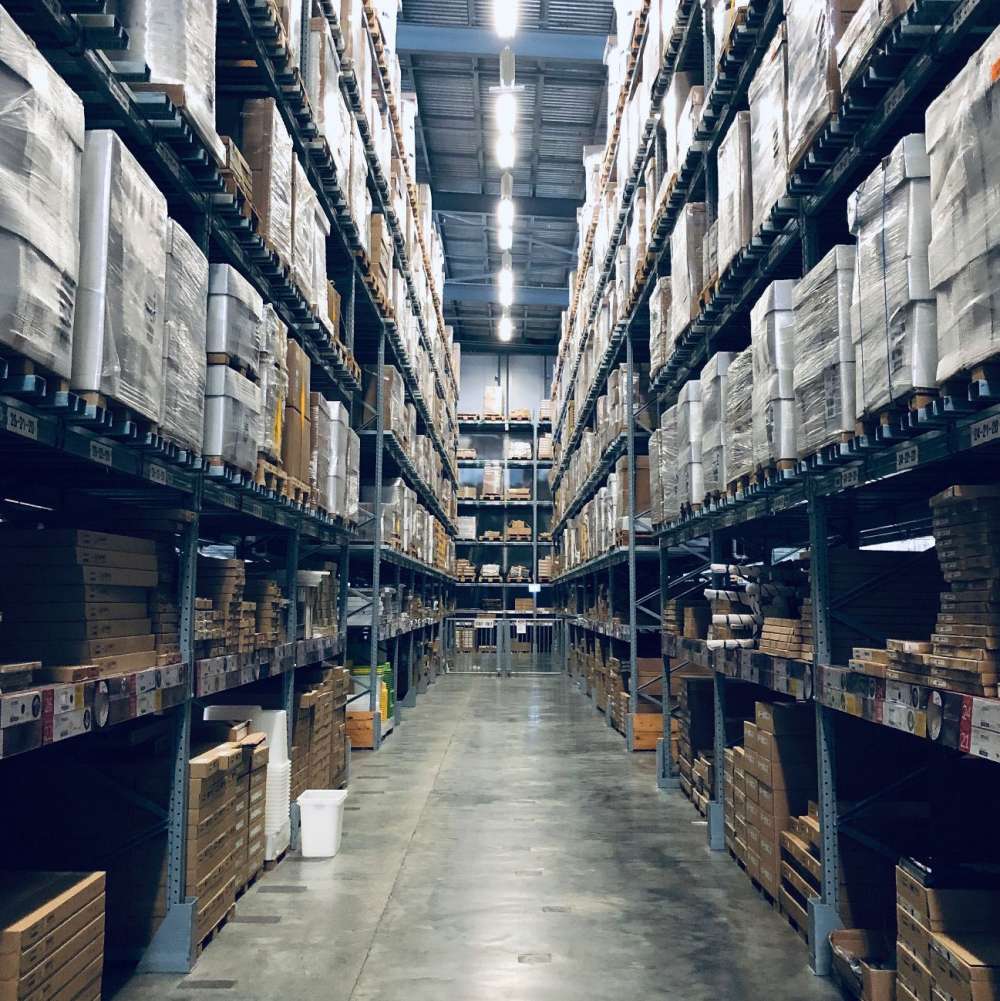As the midpoint between production and distribution, it is crucial that a business’s warehouse is running as efficiently as possible. When determining how best to optimize your warehouse’s throughput, it helps to establish an overall view of each step of the process. Once you know each step a product takes as it travels through the warehouse, you can use the Lean Methodology and the Five S’s (also known as Lean 5S) to cut out wasteful practices.
What are Lean Methodology and the Five S’s (Lean 5S)?
Lean Methodology is a school of thought popularized in the IT world. Simply put, efficiency is derived from iteration, breaking massive projects into smaller, easily-tackled steps that build momentum. The development team frequently meets and collaborates with one another, ensuring that each step is handled and, if any bugs develop over time, that they’re quickly addressed. As the world becomes more digitized, Lean and its offshoots have found their way to other industries, encouraging efficiency, communication, and flexibility.
Lean 5S is one such offshoot, referring to a set of Japanese principles that can establish a productive and clean work environment. Those principles are:
- Seiri: “sort,” Lean 5S begins by identifying what elements in the work area are absolutely necessary while removing anything that isn’t.
- Seiton: “set in order,” once the essential elements are identified, the next step is to arrange them for accessibility and ease of use. In the cooking world, this is commonly referred to as mise en place, where all ingredients and tools needed for a recipe are gathered and put into position before cooking begins.
- Seiso: “shine,” which is straightforward enough; ensure that the work area is clean and clear of trash, clutter, and debris. Digitally, this also means removing any junk data that hinders your work.
- Seiketsu: “standardize,” once the first three steps are complete, create a schedule (daily, weekly, etc.) to perform those steps to maintain the workspace.
- Shitsuke: “sustain,” the final term is a reminder to form a habit around the first four points.
Examples of Lean 5S
Let’s explore how to use Lean 5S on warehouse inventory management:
- Examine the warehouse’s tools and identify what’s being used, what isn’t, and what is still needed. Remove the unneeded materials and order what’s still needed, but you don’t already have. This can also apply to floor space, identifying any wasted space or difficult paths that should be addressed.
- Organize the remaining tools and space in a way that establishes the most efficient workflow for your workers. This includes organizing inventory to find commonly-used tools and materials quickly and easily.
- Clean the warehouse, removing any clutter, dirt, and unnecessary junk including waste from packing and unpacking products.
- Schedule regular maintenance times for the warehouse to be cleaned and organized back to the new default you established in the first three steps.
- Encourage a culture of cleanliness and organization so that the system remains intact and ensure the efficiency this system creates.
Benefits of Lean 5S
Now that you know what implementing the process might look like, let’s consider some of the benefits of Lean 5S your business can enjoy:
Improved Safety and Risk Assessment
By scheduling time to look at your workspace and its processes regularly, you can minimize any unsafe practices or unnecessary risks. Once exposed, you can tackle them as they appear and stem the problems before they arise.
Lower Costs
By implementing Lean 5S, not only can you speed up efficiency, but you’ll lower your labor and operating costs as well. Moreover, faster work speeds while maintaining safety equate to less time and risk of injury.
Increased Productivity and Flexibility
Organizing your warehouse will not only keep the workflow efficient, it will also make any future changes easier to implement. With increased productivity comes increased flexibility if elements of your process need to be changed in the future.
Better Resource Use
After implementing Lean 5S in your work, you will only be using the resources you need without any extra clutter. This frees up additional space for what you need while lowering costs related to your operating footprint.
Better Optimization and Problem-Solving
Frequent checks through Lean 5S give you better visibility of your warehouse’s workflow. By keeping things simple and having awareness, you can address problems and optimize workflow faster and easier than ever.
Why Lean 5S is Useful for Logistics and Warehousing
Though Lean 5S may be more focused on hygiene and cleanliness than it does productivity, this straightforward approach proves how those concepts go hand-in-hand. You can even use Lean 5S to optimize the workflow of your entire supply chain, from production to distribution.
At their core, the Five S’s enable you to identify wasteful elements while establishing organization and workflows that make the most sense. In other words, you create a work environment based on the principle of least resistance: every step in the process flows into the other, eliminating any obstacles that slow the process down.
Most importantly, Lean 5S creates a safe, clean working environment for your team, increasing efficiency while prioritizing your workers’ health, wellness, and safety.
Develop Your Lean 5S Strategy with UCanTrade
Don’t let your warehouse become an obstacle to your business’s success. UCanTrade can help you develop your own Lean 5S strategy to identify problems and solutions so that you can make informed, efficient decisions. Reach out to us today to learn more.



